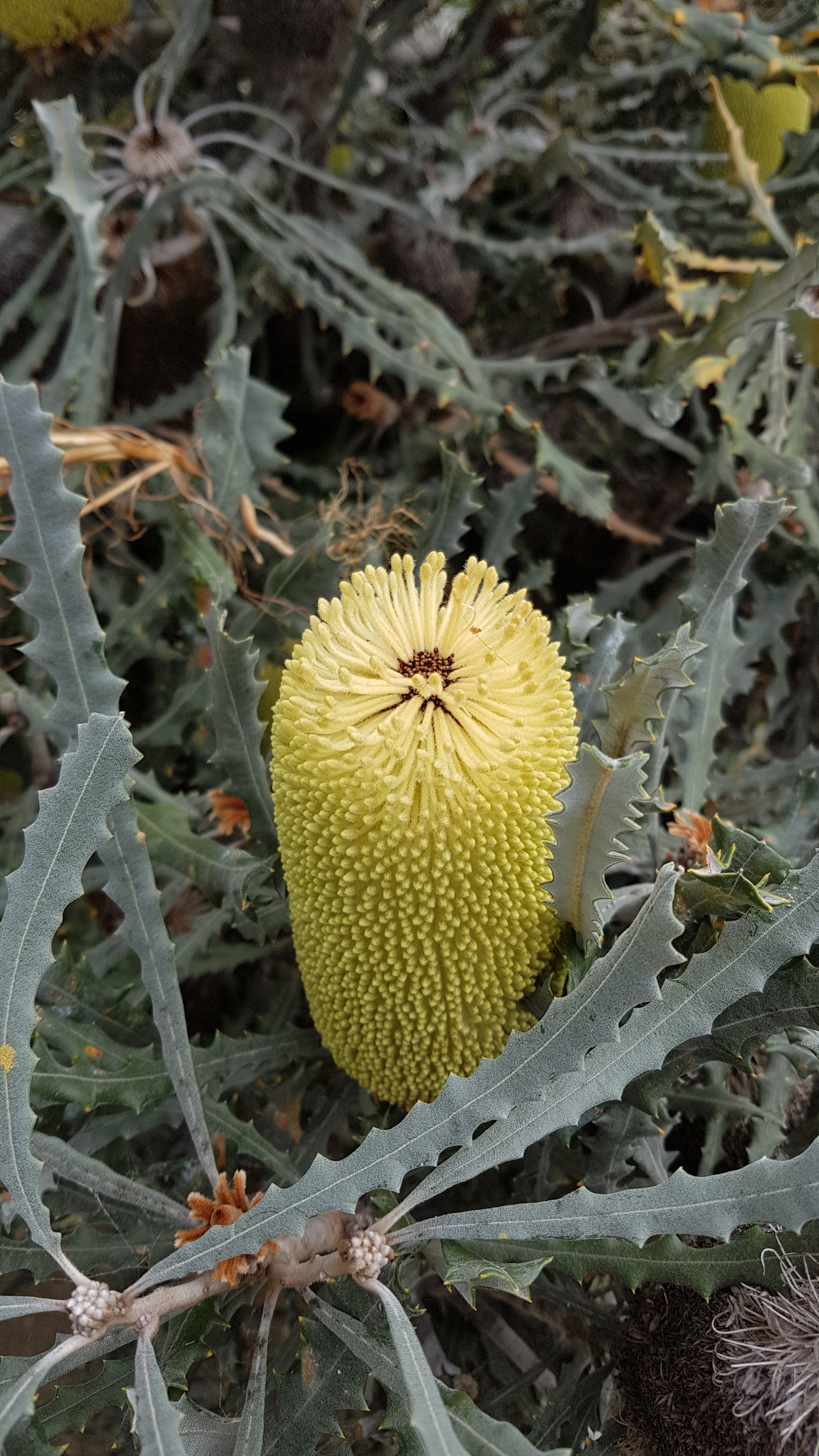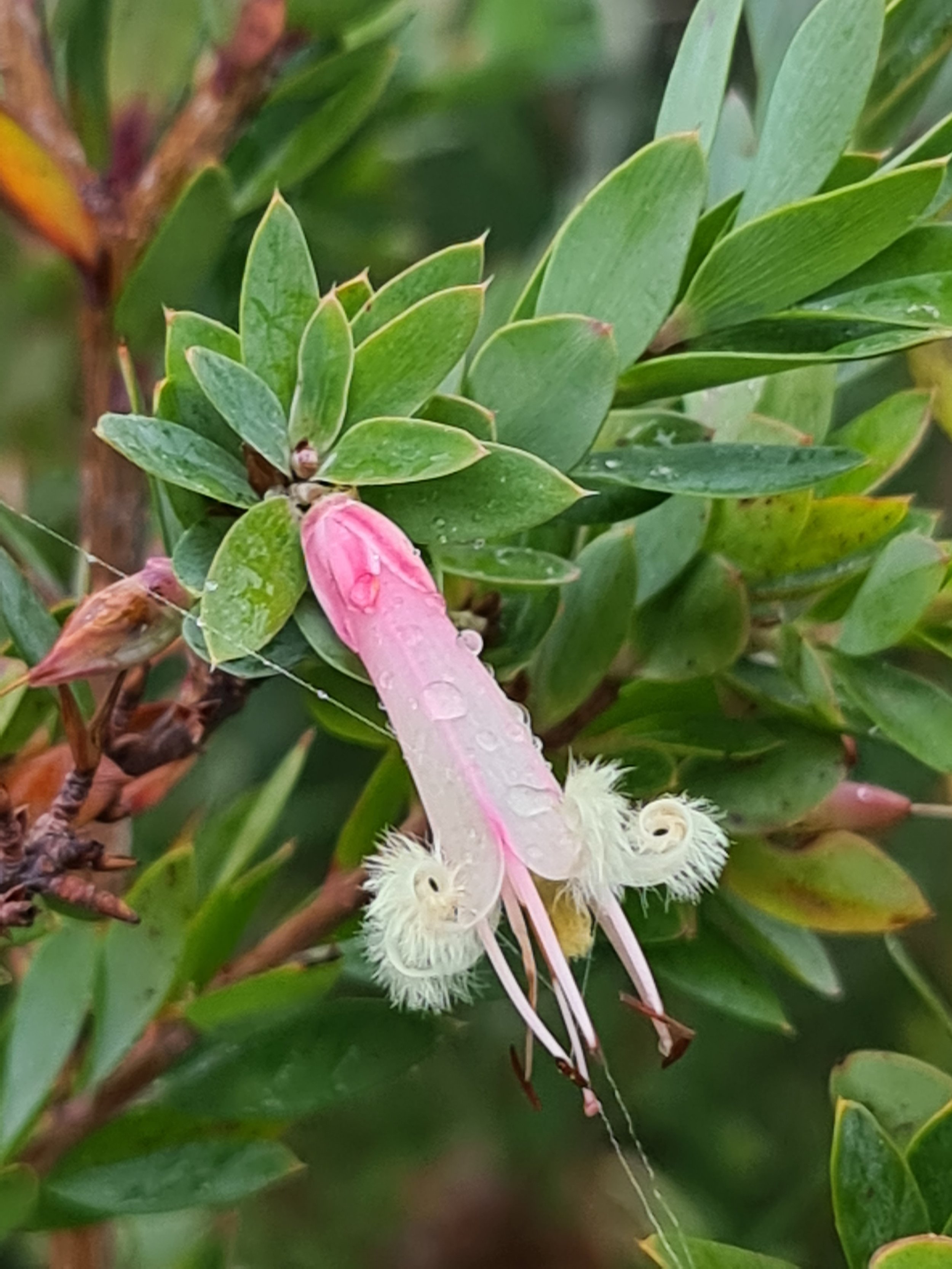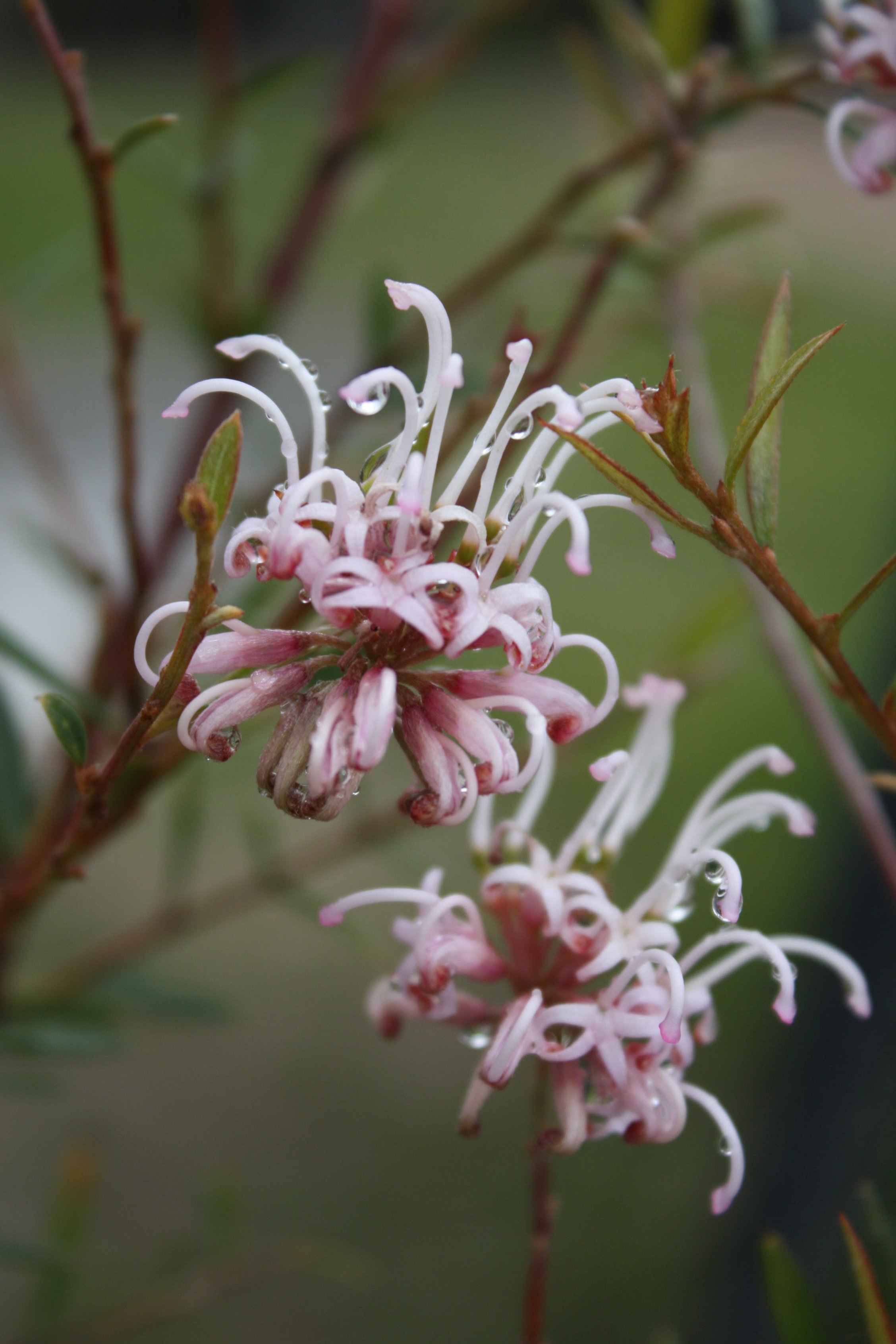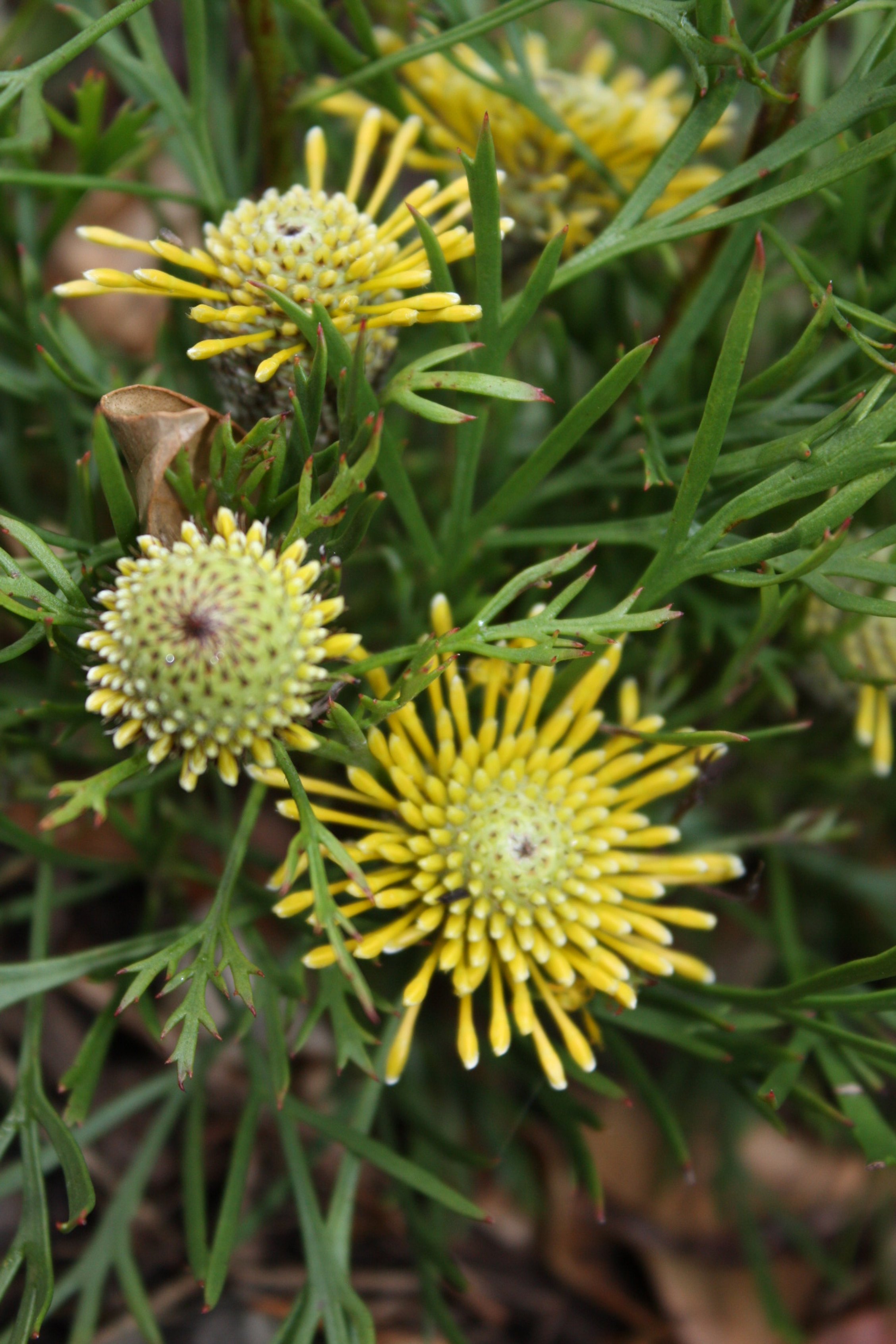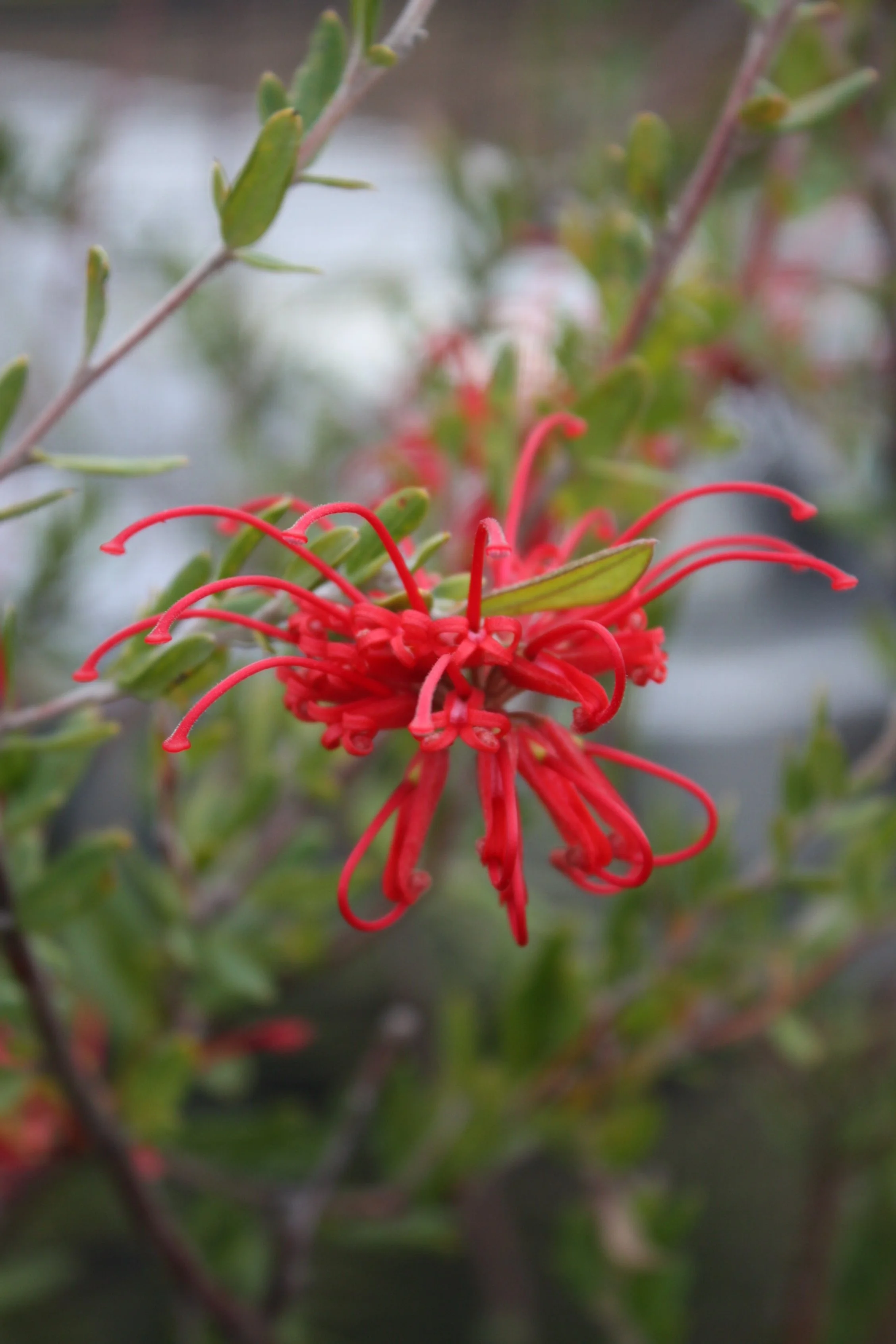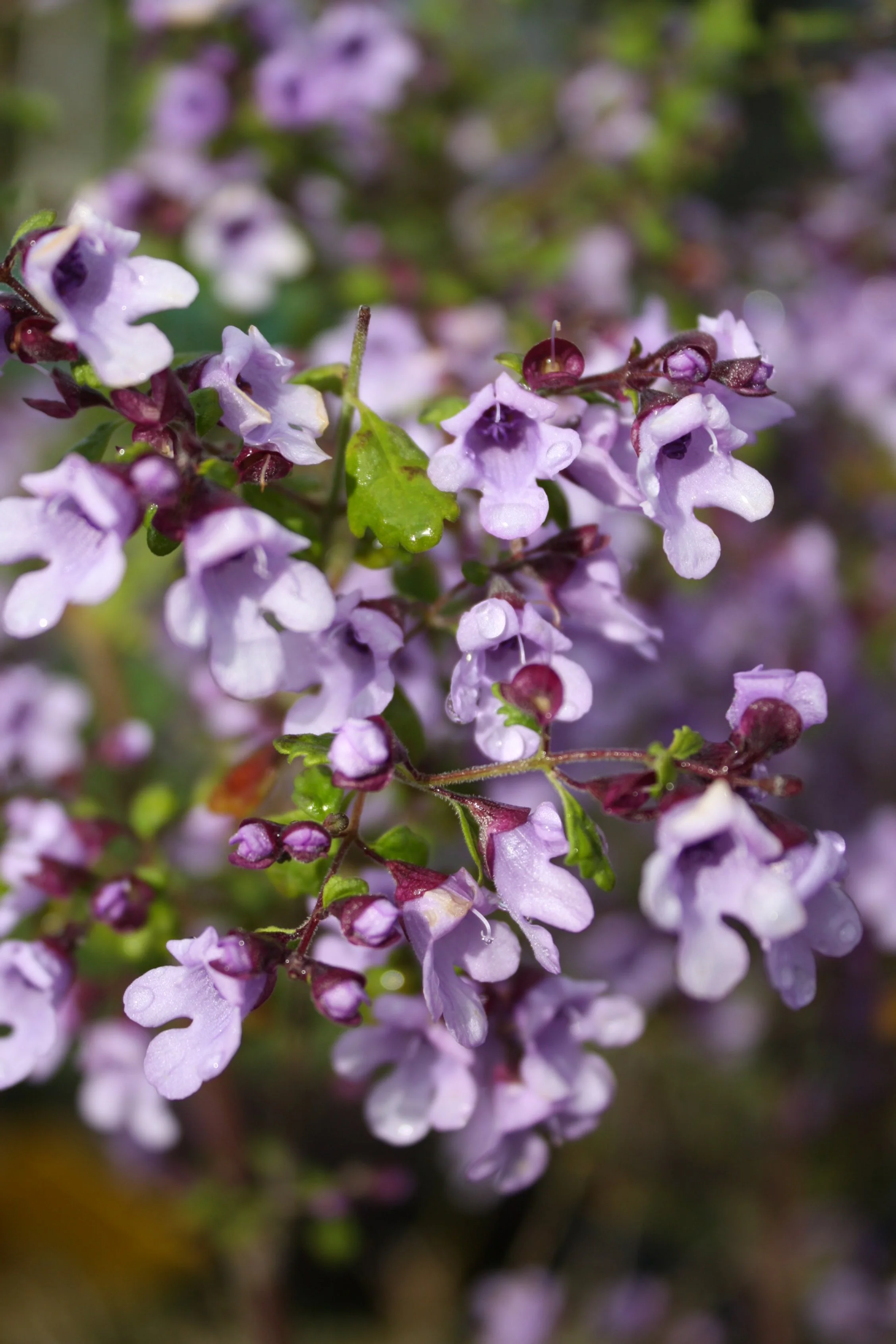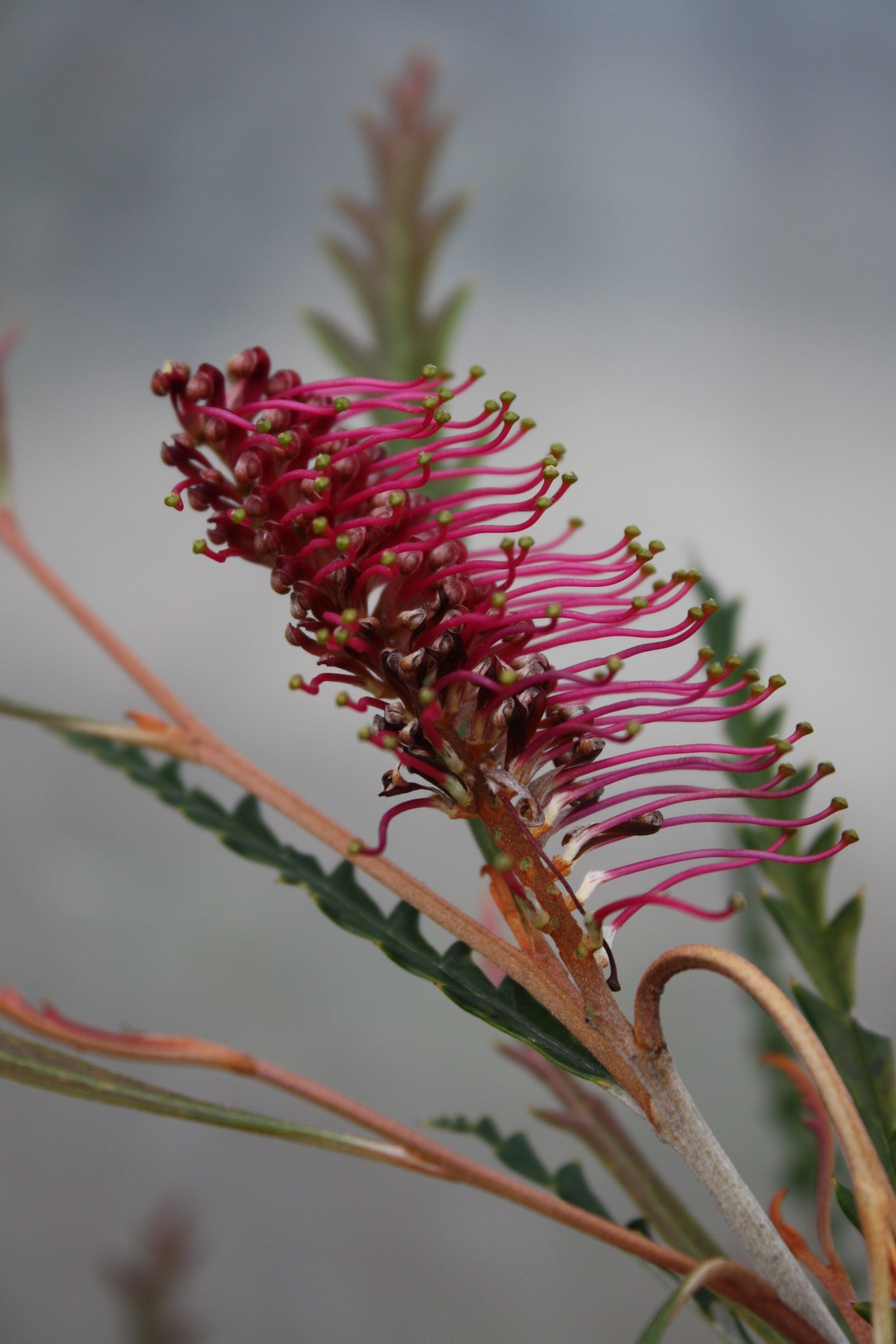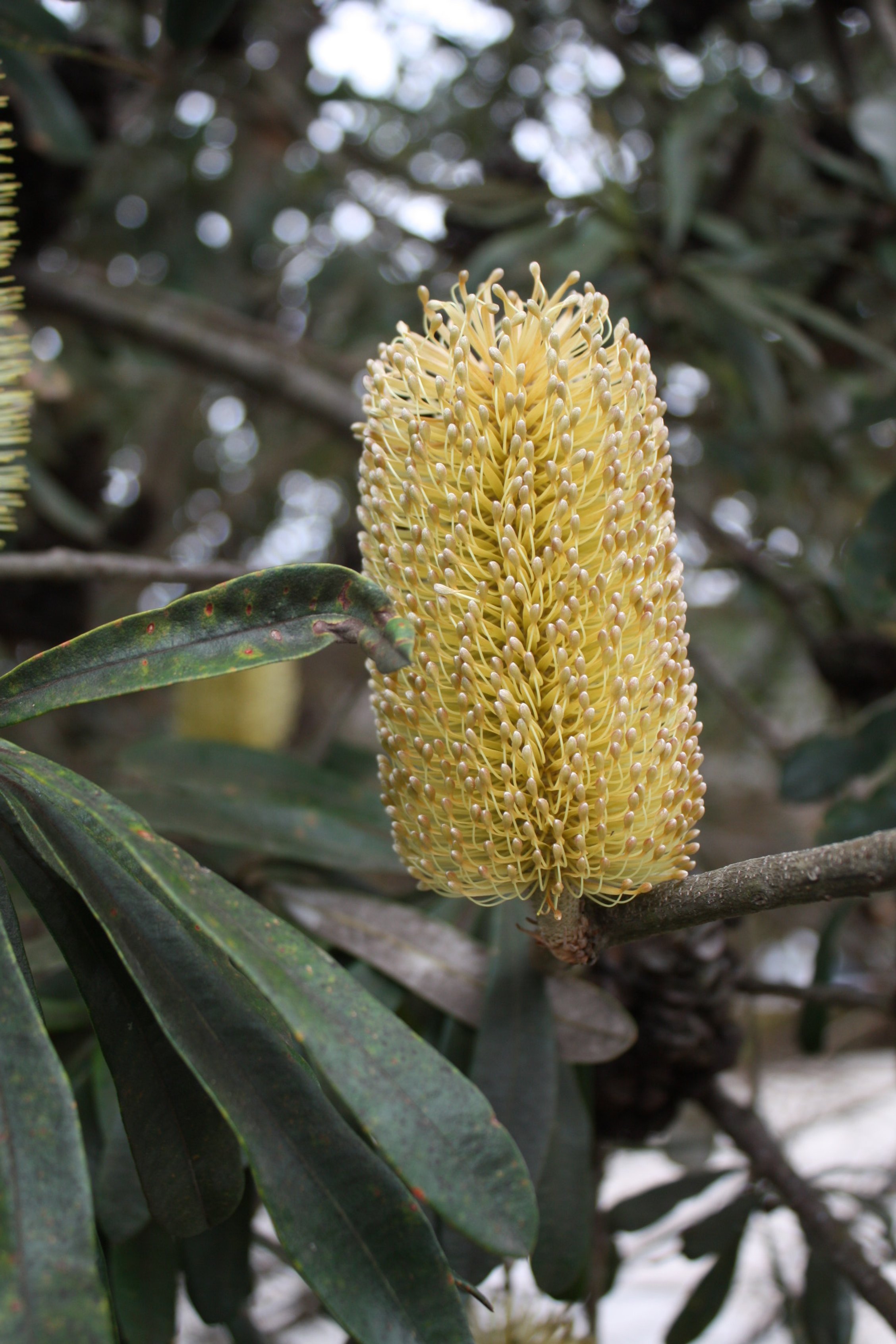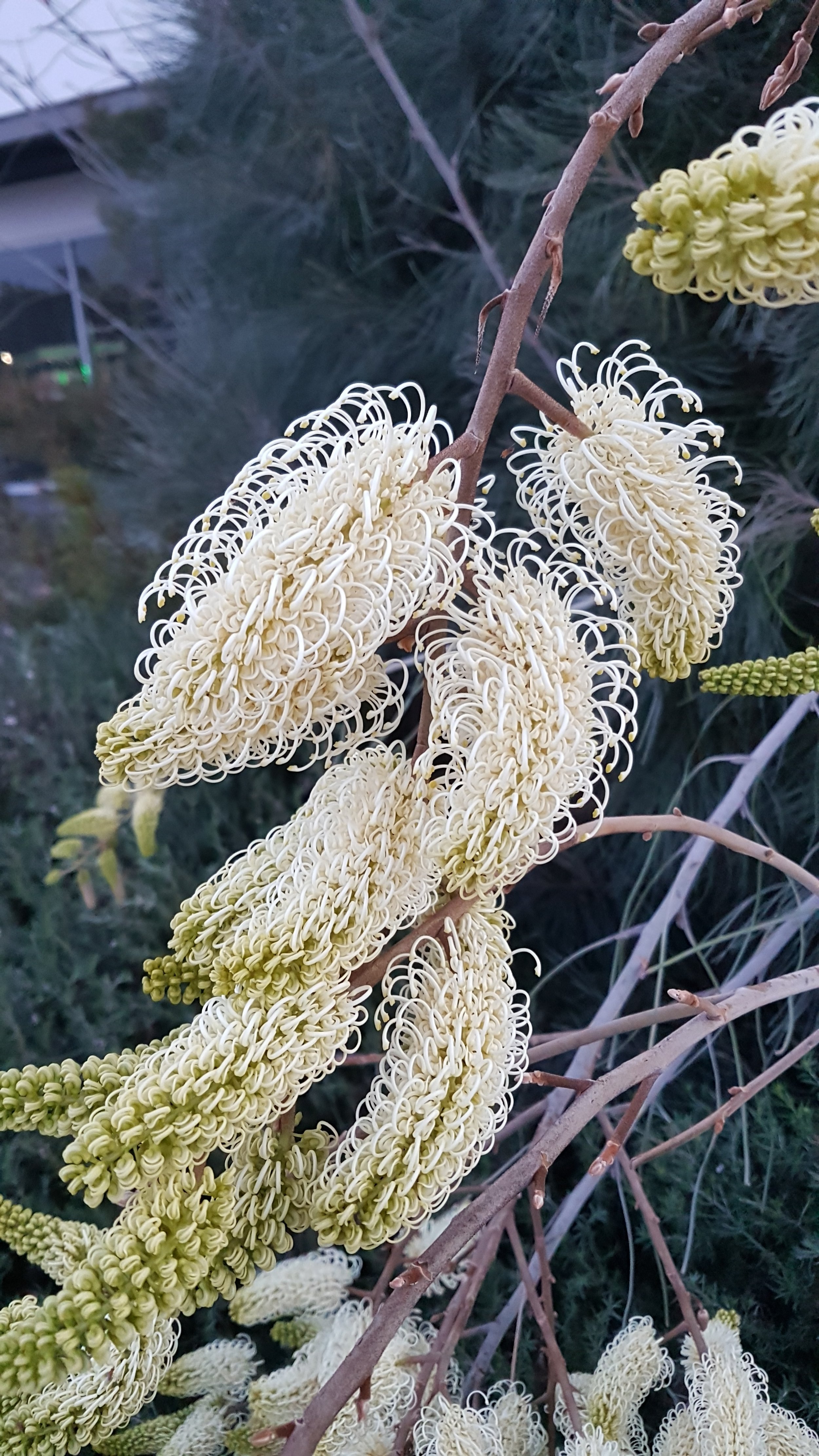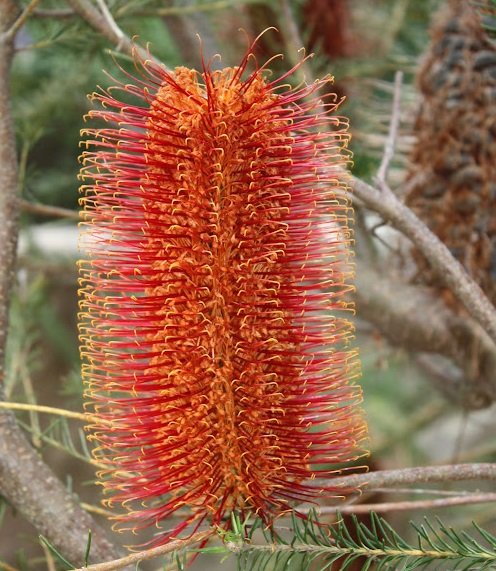Spring versus autumn for colour
There is something to be said for the changes in the seasons and never more so than in your own garden or the bushland that surrounds you. Spring is well known for flowers and freshness, bringing a smile to the face as we emerge from the cold contracted days of Winter. Perhaps it is that coldness that stops us from fully embracing the colour and interest that both Autumn and Winter produce - especially when good rainfall has preceded them.
Autumn can be appreciated for many reasons as we enter back into the garden after the heat of summer. Take note of just how many native plants are flowering, how much new growth continues to push through providing new shades to the existing pallet of green, grey and blue foliage or highlighting them with hints of bronze and lemons. This flush of new growth might be the hint you need to undertake a bit of pruning as it generally means the juices (the plant’s vitality) are running and the plant will respond to the cutting back as the days get shorter and the heat less intense.
Some of our native plants continue to flower throughout the year, providing much needed food and shelter to our wildlife. Few of our native wildlife hibernate - some go into a state of torpor (the metabolic rate slows down) which means a decrease in activity and less need to eat. However many still forage for food all year and the high nectar producing flowering plants become a vital source of food. Plants such a Grevilleas & Banksias have species that will flower throughout the year. Not only will the wildlife feed on the nectar but upon pollination the seeds in the fruits (woody follicles) also provide energy and nutrition.
Other choices you might consider for some Autumn and Winter colour are Correa, Crowea, some Acacia, Epacris and so many more. Want to bring more birdlife and pollinating insects to your garden, then plant for all seasons but especially autumn and winter.

